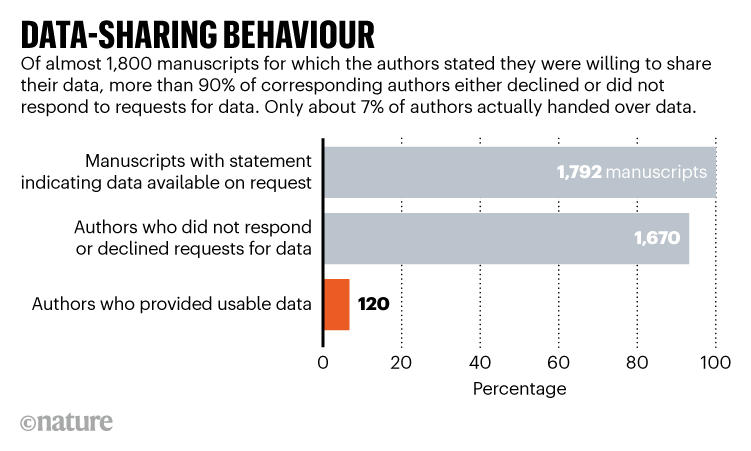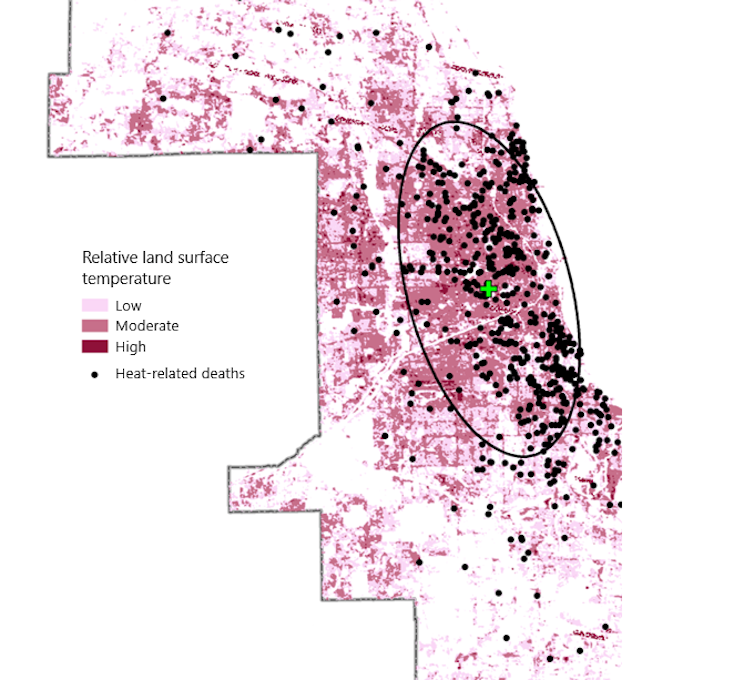Article by Rachel Berkowitz: “Micronutrient deficiencies afflict more than two billion people worldwide, including 340 million children. This lack of vitamins and minerals can have serious health consequences. But diagnosing deficiencies early enough for effective treatment requires expensive, time-consuming blood draws and laboratory tests.
New research provides a more efficient approach. Computer scientist Elizabeth Bondi and her colleagues at Harvard University used publicly available satellite data and artificial intelligence to reliably pinpoint geographical areas where populations are at high risk of micronutrient deficiencies. This analysis could potentially pave the way for early public health interventions.
Existing AI systems can use satellite data to predict localized food security issues, but they typically rely on directly observable features. For example, agricultural productivity can be estimated from views of vegetation. Micronutrient availability is harder to calculate. After seeing research showing that areas near forests tend to have better dietary diversity, Bondi and her colleagues were inspired to identify lesser-known markers for potential malnourishment. Their work shows that combining data such as vegetation cover, weather and water presence can suggest where populations will lack iron, vitamin B12 or vitamin A.
The team examined raw satellite measurements and consulted with local public health officials, then used AI to sift through the data and pinpoint key features. For instance, a food market, inferred based on roads and buildings visible, was vital for predicting a community’s risk level. The researchers then linked these features to specific nutrients lacking in four regions’ populations across Madagascar. They used real-world biomarker data (blood samples tested in labs) to train and test their AI program….(More)”.



